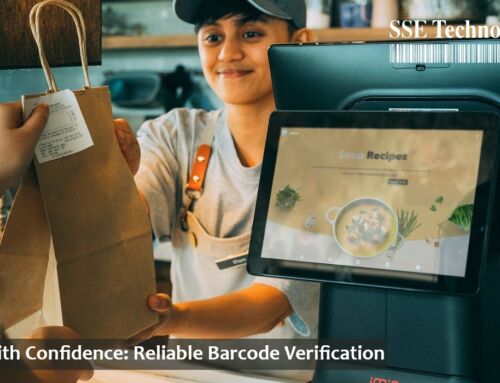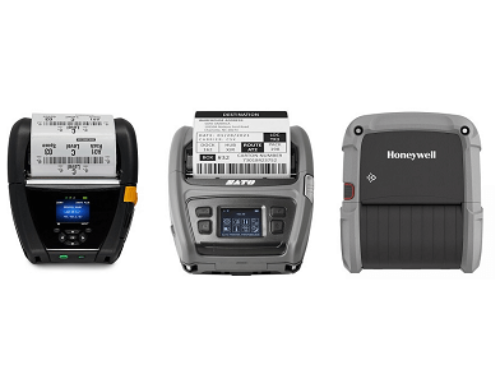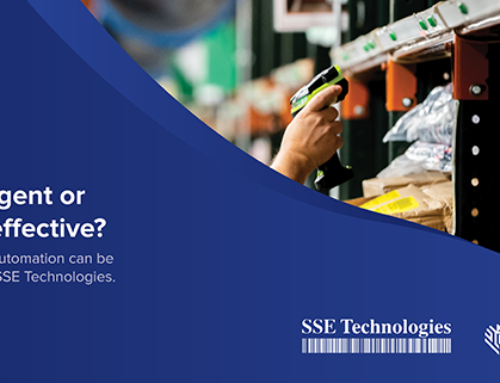(RFID) technology is attracting considerable attention as a complement or even replacement technology for bar code because of the significant range, speed, non line of sight, and unattended reading advantages it provides.
An RFID system typically includes the following components:
- A tag or label that is embedded with a single chip processor and an antenna. The tag is like a bar code label, but has more intelligence.
- Tags may be read-only or read/write. Read only tags are most like bar codes because the encoded data cannot be changed and is often only a serial number that is used to retrieve additional descriptive information (such as item type, date of manufacture, etc.) from a database. Read/write tags function like computer disks because they can be written and updated an unlimited number of times, and may offer “locked” sections that cannot be altered.
- A radio enabled device that communicates with or interrogates the tag for reading and writing.
Various types of tags and labels are available for use in different environmental conditions. Readers, often referred to as “interrogators,” can be either fixed position or portable, just like bar code scanners. “Passive” tags, pick up enough energy from the radio to operate and to communicate back to the radio. “Active” tags have an embedded battery and offer the advantage of longer-range communications.
An RFID “read range” – the distance an interrogator must be from the tag in order to read the information stored on its chip-varies from a few centimeters to tens of meters, depending on frequency used, whether a tag is active or passive, and how directional the antenna is on the interrogator. For read/write tags, the read range is typically greater than the write range.
Unlike bar code-based tracking system, an RFID system can read the information on multiple tags without necessarily requiring line of sight and without the need for a particular orientation. That means RFID systems can be largely automated, greatly reducing the need for manual scanning. In addition, RFID tags hold much more data than a UPC. bar code. The tag can be programmed to hold information such as item’s serial number, color, size, manufacturing date, and current price, as well as a list of all distribution points the item touched before arriving at a store.








You have observed very interesting points! ps nice website.